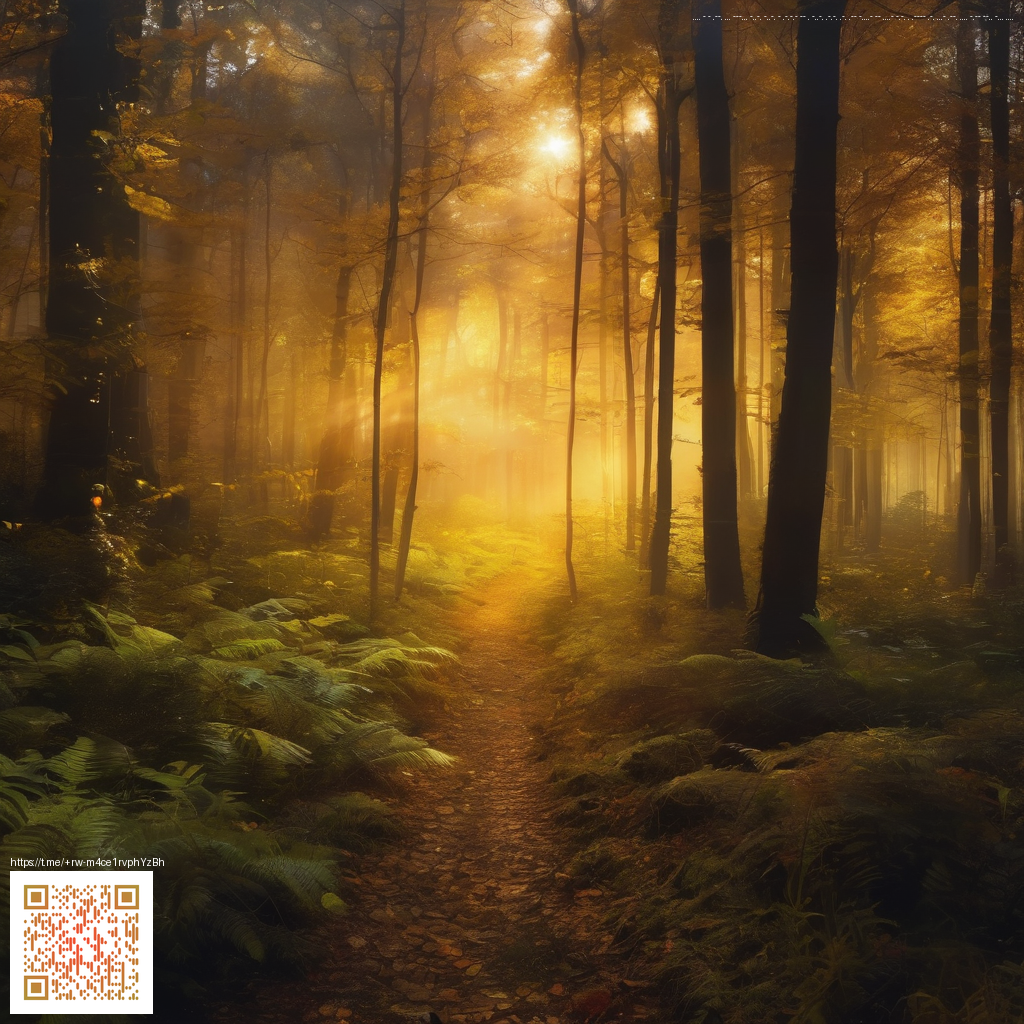
How luxury digital paper can elevate branding design
Brand storytelling has moved beyond clean typography and bold logos. Today’s branding designers increasingly lean on luxury digital paper as a tactile cue that anchors a brand's identity in the digital realm. Subtle textures, refined grain, and believable paper optics can transform a flat screen into a multisensory experience—one that communicates quality, care, and a distinct personality. When done well, these digital papers become a quiet but powerful ambassador for a brand, signaling premium values before a single word is read.
Texture is more than decoration; it’s a signal. In practice, luxury digital paper provides depth and material credibility that complements carefully chosen color palettes and typography. For branding designers, the goal is to create assets that feel tangible—like a high-end card stock or a velvet-covered notebook—without sacrificing the flexibility and speed required in digital campaigns. The result is a cohesive system where textures, gradients, and micro-bleeds align with your brand’s story, not merely its visuals.
Key considerations when selecting luxury digital paper for a brand toolkit
- Fidelity and texture depth: A credible digital paper should render subtle grain, fiber patterns, and light scattering that respond realistically to color and lighting shifts.
- Color accuracy: Paper textures must maintain consistent hues across devices and screens, preserving brand integrity in all contexts.
- Scalability and versatility: Look for textures that scale cleanly from tiny icons to hero banners without losing nuance.
- Asset versatility: The best digital papers support multiple modes—overlay textures, masks, and subtle emboss effects—to offer creative flexibility.
- Licensing clarity: Ensure usage rights align with your campaigns, from social posts to large-format product pages.
“The right luxury digital paper isn’t just about looking premium—it’s about feeling premium in every interaction, from a thumbnail to a full-screen experience.”
When these textures are embedded thoughtfully, they become consistent brand cues. Designers can apply a single texture family across nabbed assets, maintaining a cohesive mood while adapting to different contexts such as d2c product pages, social templates, and email canvases. The result is a higher perceived value that supports storytelling with a calibrated sense of tactility, even in a purely digital space.
For practitioners curious about practical references, exploring a real-world product page can illuminate how texture choices translate into product storytelling. For example, a rugged aesthetic paired with glossy finishes can communicate durability and premium construction—the kind of pairing that elevates a brand from functional to aspirational. See this example here: Rugged Phone Case - Impact Resistant Glossy TPU Shell.
Similarly, curated galleries of luxury digital textures help designers spot trends, test compatibility with brand palettes, and gather ideas for mood boards. A gallery that features a broad spectrum of digital textures can be a quick source of inspiration to push branding beyond predictable finishes. You can glimpse such a resource at this gallery page: https://tourmaline-images.zero-static.xyz/52a6d3fe.html.